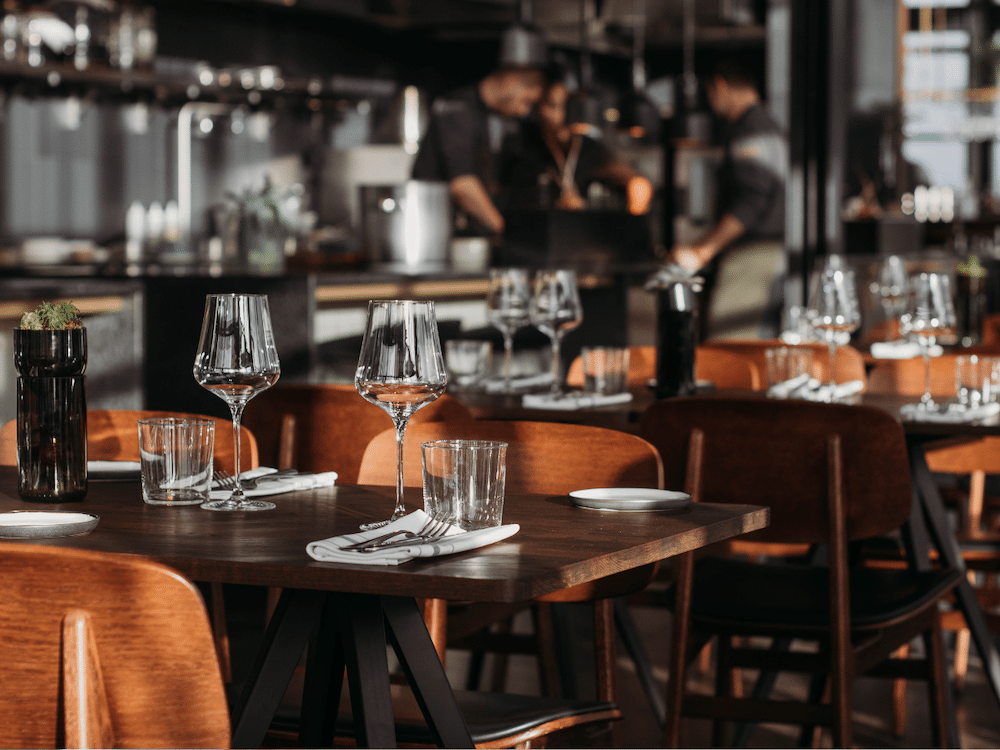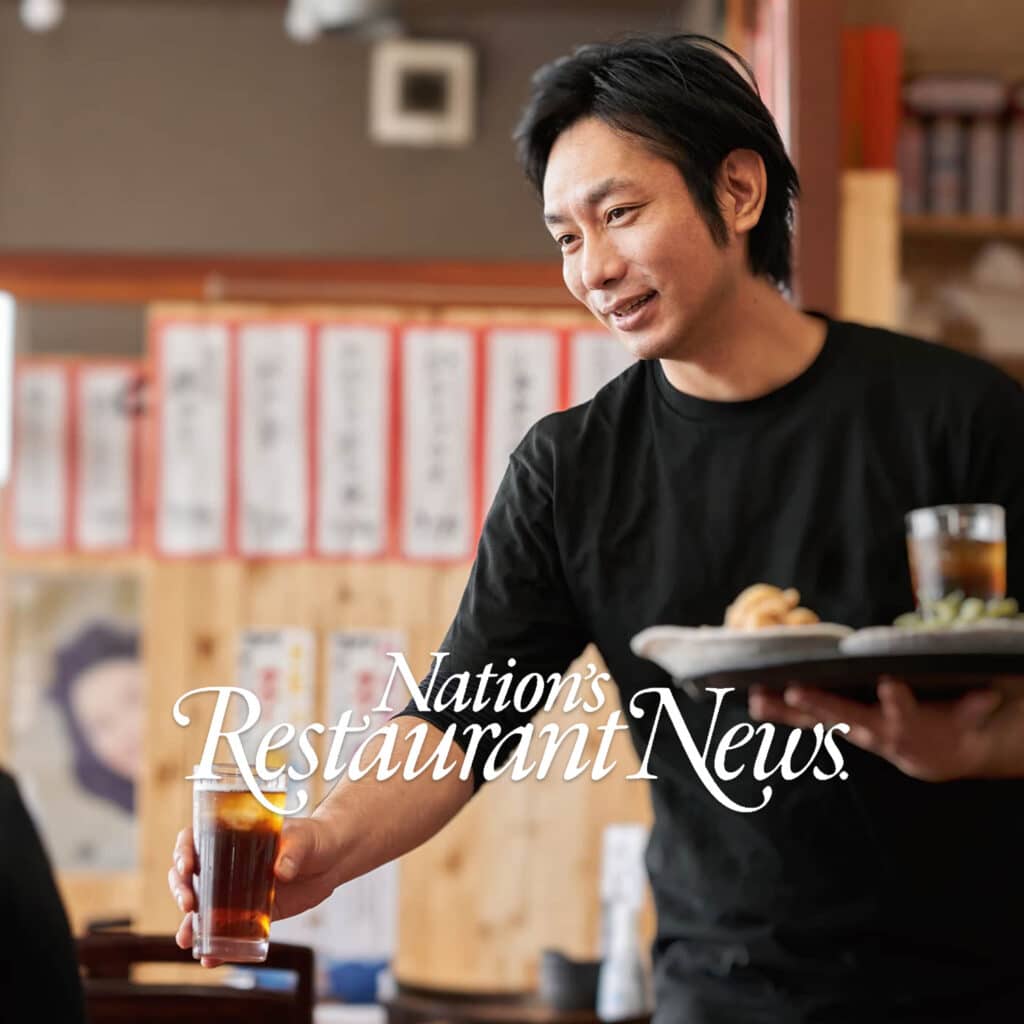 This article was written by Nicole Duncan for FSR Magazine
This article was written by Nicole Duncan for FSR Magazine
In every restaurant, there exists a tug-and-pull relationship between back-of-house innovation and front-of-house appeal. Inspired chefs wish to flex their culinary muscles while guests crave a certain degree of consistency and customization. That delicate balance is perhaps most exemplified by special menus, which at their best grant the kitchen creative license while bestowing palate-pleasing fare. On the other hand, a misstep on either side can leave a bad impression, take a toll on the back of house, or even blow the restaurant’s budget.
We asked three industry professionals—two chefs and one leader of a restaurant accounting software provider—to weigh in on such specials, whether they be prix fixe or tasting menus, seasonal or celebratory.
Jacob Williamson | Executive Chef, Five Sixty by Wolfgang Puck
For me, a prix fixe menu is something we only do on holidays, like Mother’s Day, Easter, and Restaurant Week. It’s basically a three- to four-course menu, and it’s set in stone for everybody. From an operational standpoint, we offer prix fixe menus on these high-volume days because it’s more efficient and cost-effective, and we are able to do more covers.
In my opinion as soon as a menu gets past four or five courses, it becomes a tasting menu. They are typically more fluid with whatever the chef wants to make that day and can also be customized to any dietary restriction, preference, etc. At Five Sixty by Wolfgang Puck we have a tasting menu available every night of the week. Our prix fixe menus are what we save for special occasions.
A tasting menu is a prix fixe menu on steroids. It’s more courses with more creative, smaller portions, and typically costs more. Tasting menus allow chefs to experiment on a weekly or nightly basis. Sometimes I’ll put something on our tasting menu that I’m considering putting on the a la carte menu. I’ll get feedback from our guests and servers, and if it’s a hit, I’ll put it on the menu full-time. It’s a great way to test the waters. Guest reception to tasting menus has evolved and grown over the years.
Jeremy Blankenship | Executive Chef, Crossroads at The Carolina Inn
To me there are two main differences between a tasting menu and a prix fixe menu. The first is you still have options to order different things inside the different courses of a prix fixe menu, whereas you don’t choose your food with a tasting menu. You are served what is on the menu for the night, generally with no options. The other difference is the amount of courses. A prix fixe menu will typically have three, four, or five courses. A true tasting menu will have anywhere from six to 12 courses and could be a four-hour meal. In our area of North Carolina, customers tend to want more options, so the trend is actually more a la carte dining.
Here at Crossroads, we utilize prix fixe menus for our special occasions such as holidays. We have offered both prix fixe and tasting menus in the past, but the customers tend to shy away from them. Most people don’t have two to three hours to sit down for a meal.
As a chef, I tend to prefer a prix fixe menu because it gives me different options of what I would like to eat. Either menu can show off a chef’s talent. With a tasting menu a guest could potentially get multiple courses of things that they don’t care to eat.
I think guest reception has definitely gone away from prix fixe menus over the years. People just want a ton of options and don’t want to be told they have to eat this amount of food or they have to have four courses. A lot of people just want to order an appetizer or two and go on their way.
Jeff Stone | Board Member, Compeat
A prix fixe menu is ideal for special occasions because an increase in traffic is expected. Having foods that are pre-prepped and simple to get out increases the output from the kitchen and ensures a consistent food quality, which results in a better customer experience. In addition, setting a prix fixe menu reduces costs because operators can purchase on a larger economy of scale and use fewer menu items.
It is important to compare select items in specific time periods to truly understand the test menu’s performance. It is possible a prix fixe menu works for you only on holidays but not weeknights. Or perhaps a tasting menu is popular for weekend brunch but not weekday lunches.
A special menu creates the perfect combination of increased margins and increased output from the kitchen. My advice would be to offer a seasonal version. Choosing fresh, seasonal fare has many benefits; not only do in-season foods have higher quality, flavor, and texture, they also cost less due to the sheer volume. Changing up your prix fixe menu seasonally also refreshes your offerings to keep customers interested or draw in new guests without having to change your core menu.
While traditional set menus are strict, modern diners need to feel somewhat in control of their order. Whether due to food allergies or preference, one size does not fit all in dining so there needs to be some wiggle room for guests to be fully satisfied with a set menu.


